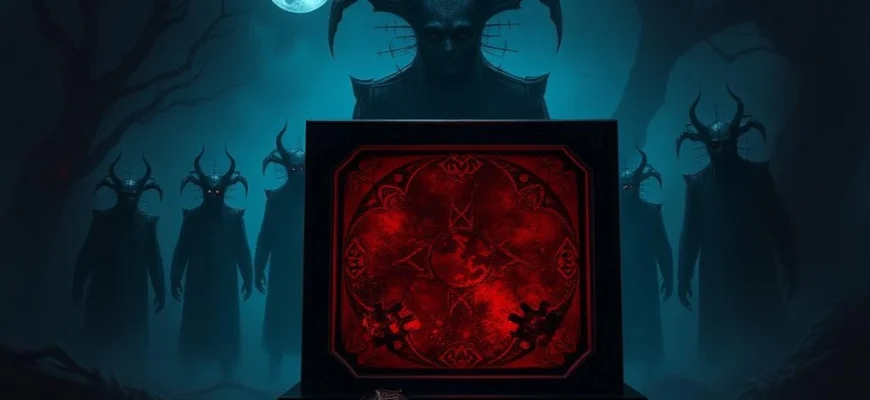If you're a fan of the dark, twisted world of 'Hellraiser: Bloodline' (1996), you're in for a treat. This article explores 10 movies and shows that capture the same eerie atmosphere, gothic horror, and supernatural intrigue. Whether you love the Cenobites, the puzzle box, or the chilling lore, these recommendations will satisfy your craving for more nightmarish tales.
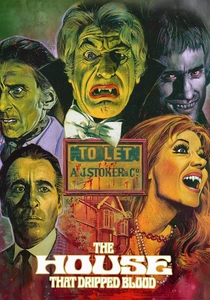
The House That Dripped Blood (1971)
Description: An anthology horror film featuring macabre tales of cursed locations and supernatural vengeance, aligning with the episodic and grotesque storytelling style.
Fact: The film was part of Amicus Productions' series of horror anthologies. It features a cameo by a famous horror actor in one of its segments.
 Watch Now
Watch Now 
The Beyond (1981)
Description: A supernatural horror film with a strong emphasis on gore, surreal visuals, and a plot revolving around a gateway to hell, aligning with themes of eternal suffering and cursed locations.
Fact: The film was banned in several countries upon release due to its extreme violence. It has since gained a cult following for its dreamlike, nightmarish atmosphere.
 Watch Now
Watch Now 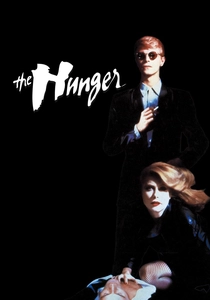
The Hunger (1983)
Description: A stylish horror film blending eroticism with gothic horror, featuring immortal beings and a sense of eternal suffering, much like the dark and sensual undertones of the reference.
Fact: The film's opening sequence features a cameo by the band Bauhaus performing 'Bela Lugosi's Dead.' It was one of the first mainstream films to explore vampire mythology in a modern setting.
 Watch Now
Watch Now 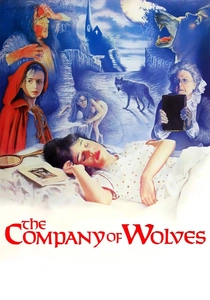
The Company of Wolves (1984)
Description: A dark fantasy horror film that reimagines fairy tales with grotesque transformations and a dreamlike narrative, sharing themes of body horror and surreal nightmares.
Fact: The film is based on Angela Carter's short stories, which reinterpret classic fairy tales. Its werewolf transformation scene was achieved using groundbreaking practical effects.
 Watch Now
Watch Now 
The Lair of the White Worm (1988)
Description: A horror-comedy with grotesque imagery and a plot involving ancient evils and sacrificial rituals, sharing the reference's blend of horror and dark humor.
Fact: The film is loosely based on Bram Stoker's lesser-known novel. Its surreal dream sequences were inspired by the works of Luis Buñuel.
 Watch Now
Watch Now 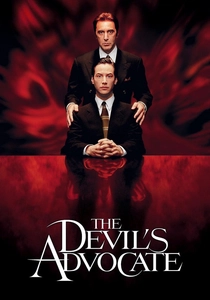
The Devil's Advocate (1997)
Description: A supernatural thriller that explores themes of temptation, corruption, and hellish consequences, with a strong emphasis on moral decay and sinister forces at play.
Fact: The film's climax was shot in an actual abandoned courthouse in New York. The script went through multiple rewrites to balance its horror and legal drama elements.
 Watch Now
Watch Now 
Event Horizon (1997)
Description: A sci-fi horror film that delves into themes of hellish dimensions and extreme body horror, featuring a dark, gothic aesthetic and a narrative centered around a cursed artifact.
Fact: The film was heavily inspired by real-life theories about black holes and alternate dimensions. Many scenes were cut due to their graphic nature, leading to a lost director's cut.
 Watch Now
Watch Now 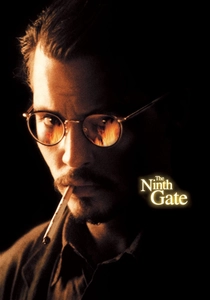
The Ninth Gate (1999)
Description: A dark mystery-thriller involving occult rituals, ancient books, and a descent into supernatural horror, sharing themes of forbidden knowledge and demonic forces.
Fact: The film's plot is loosely based on the novel 'The Club Dumas.' Many of the antique books featured in the movie are real, rare editions.
 Watch Now
Watch Now 
The Cell (2000)
Description: A psychological horror-thriller that blends grotesque body horror with surreal dreamscapes, mirroring the disturbing and visually striking elements of the reference.
Fact: The film's elaborate sets and costumes were inspired by the works of artists like H.R. Giger. It was one of the first films to extensively use digital effects for its dream sequences.
 Watch Now
Watch Now 
Baskin (2015)
Description: A surreal horror film that explores nightmarish visions of hell, with grotesque imagery and a descent into madness, much like the visceral and psychological horror of the reference.
Fact: The film's title translates to 'raid' in Turkish, hinting at the police officers' descent into chaos. It was praised for its unflinching depiction of hellish torment.
 Watch Now
Watch Now 
